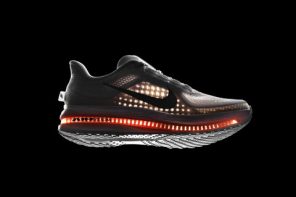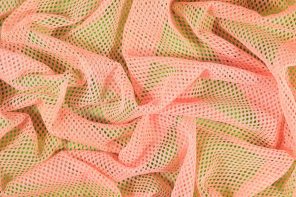Globally, the fashion industry remains one of the slowest when it comes to uptake of digital and technical innovation, especially when it comes to the runways in Europe, that tend to stick with the more conventional shows and ranges.
Despite this, Cypriot-British designer Hussein Chalayan has been long experimenting with fashion and the role technology can play. Chalayan has introduced looks that have the ability to change shape with the help of microchips and animatronics, dresses embedded with LED’s to recreate a pixelated screen.
“Only with technology can you create new things in fashion. Everything else has been done,” said Chalayan.
This year for Paris Fashion Week the tech-minded designer partnered with Intel to bring wearable tech to his spring/summer fashion week show.
Visual projections showcased stress levels of the models as they walked down the runway via biofeedback through the connected accessories they wore.
Biometric data was gathered through the glasses worn that were powered by the Intel Curie module using three sensors. One of which featured capacitive electroencephalogram (EEG) electrodes to monitor brainwave activity, one to capture and measure heart rate, and the other a microphone to pick up on breathing rates, all of which were able to correlate and give real-time stress levels.






